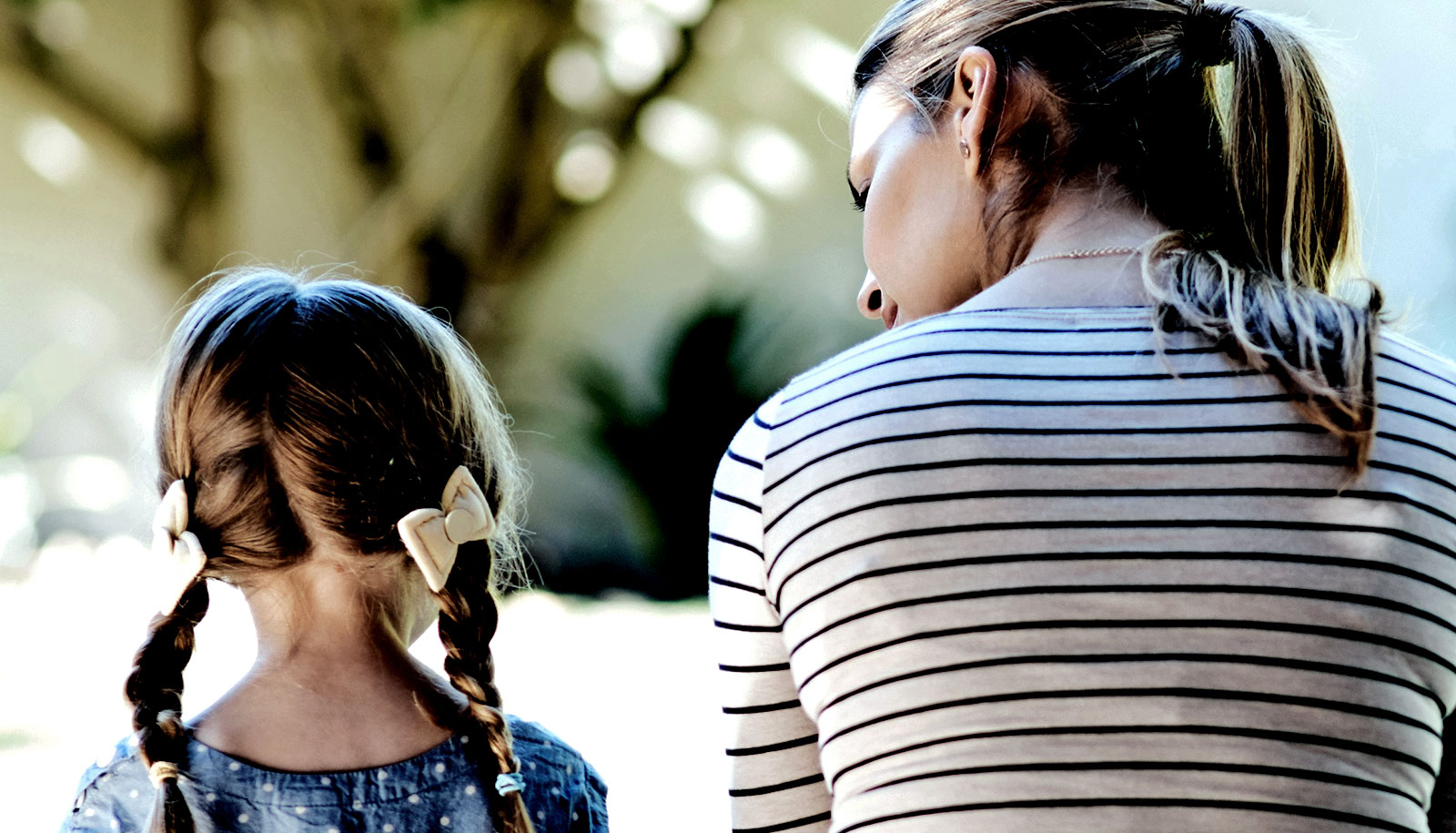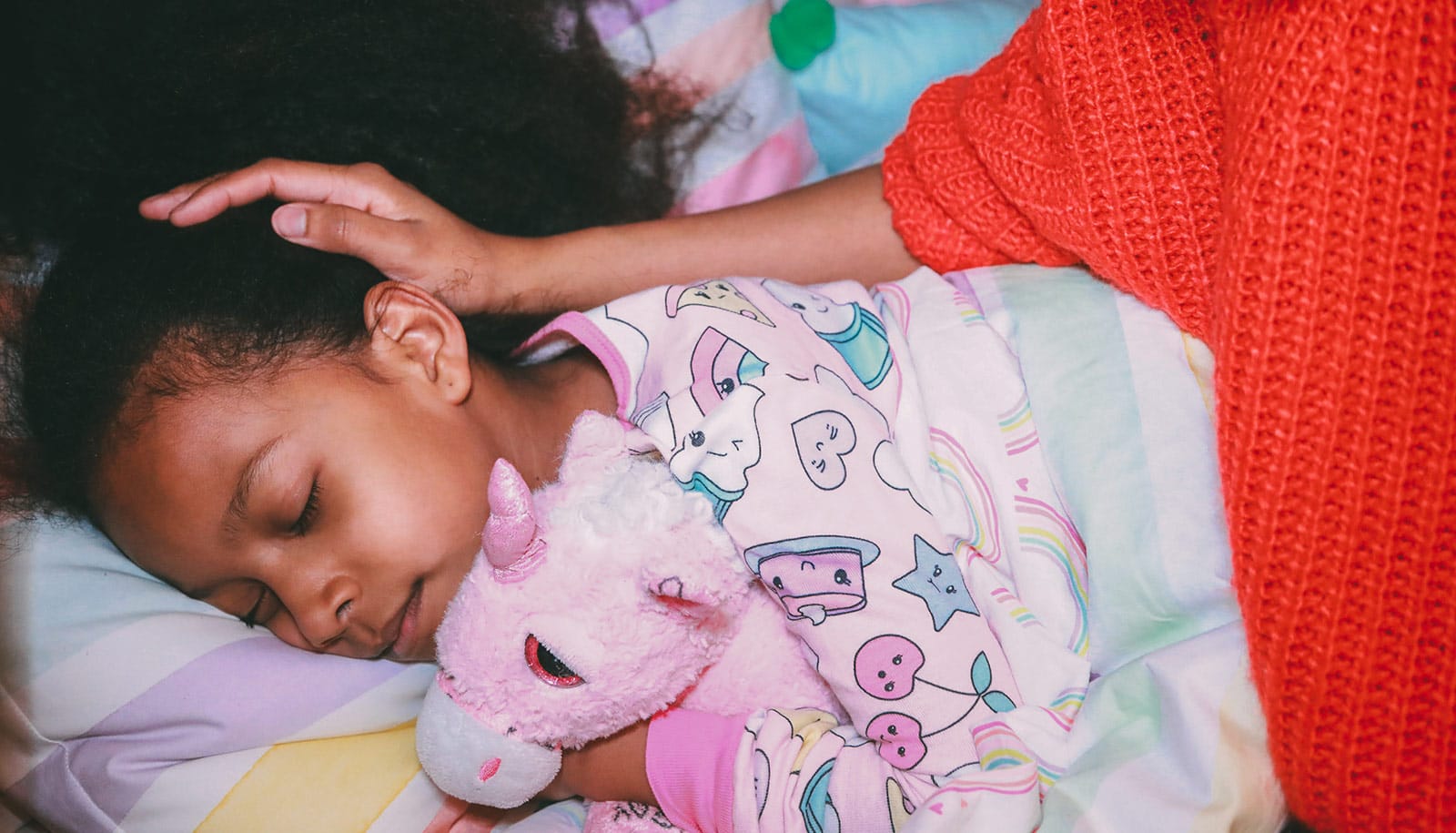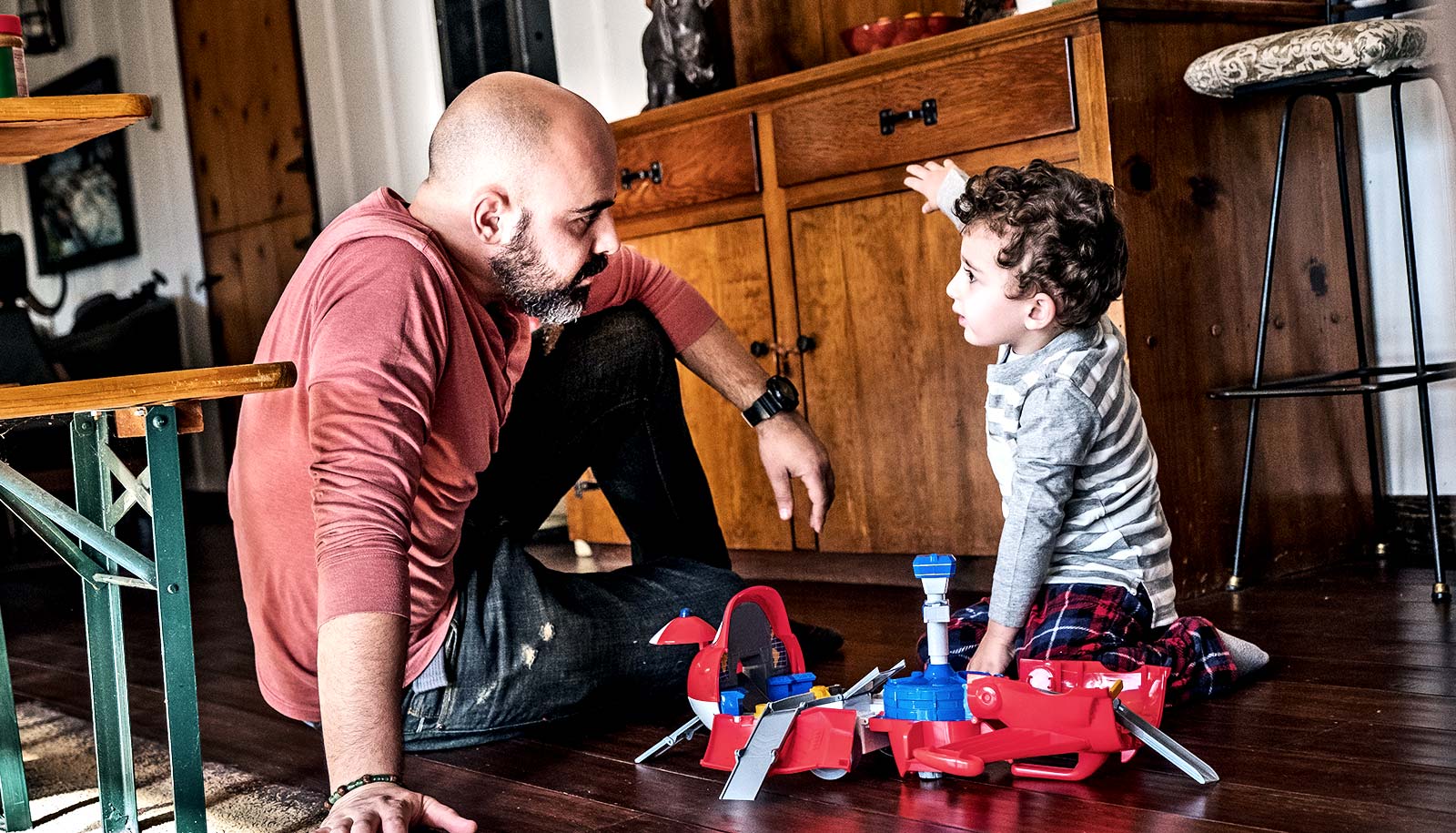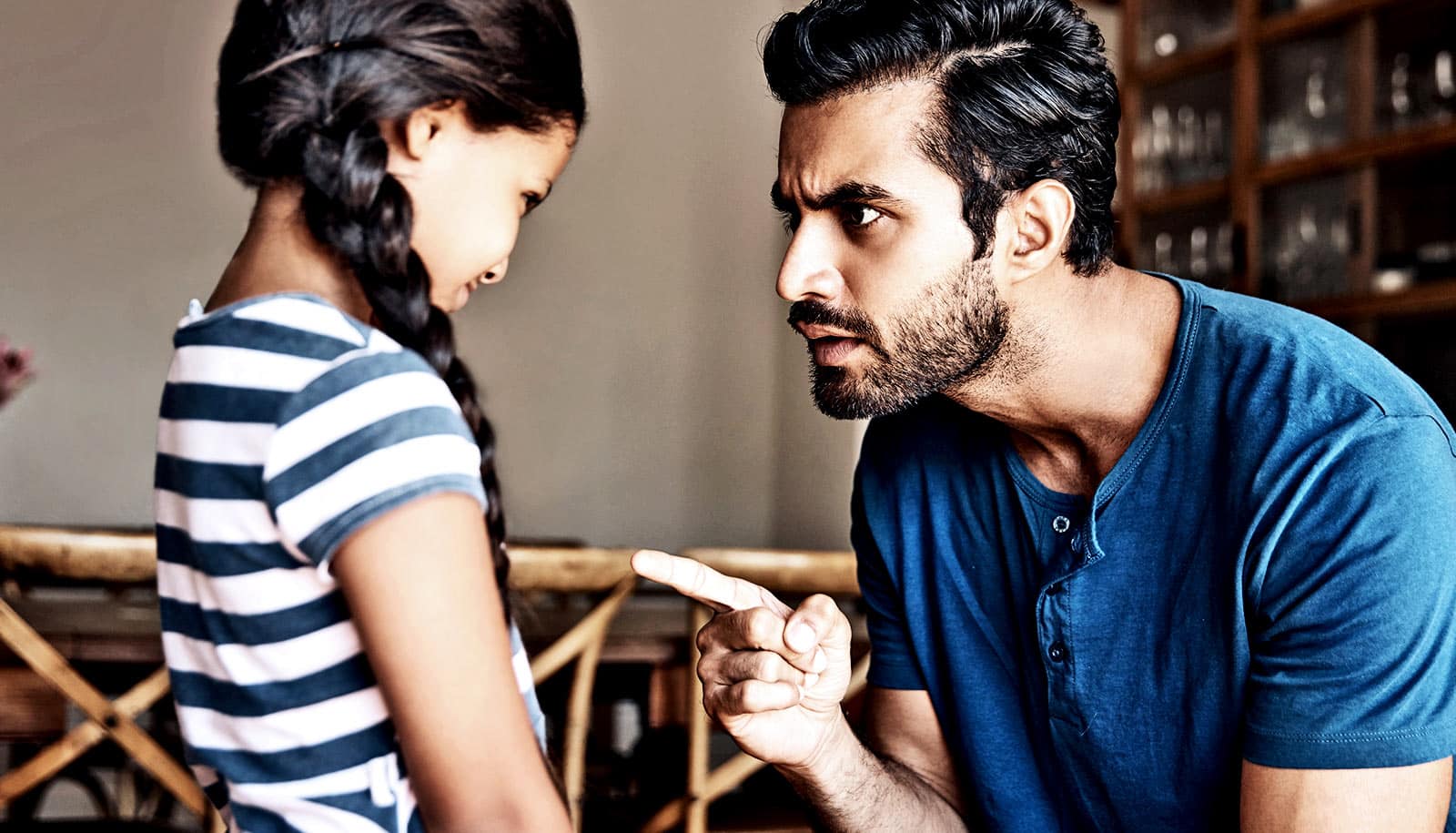For parents, helping children cope during the COVID-19 pandemic may be as simple as listening, Steven Marans argues.
Children are struggling with difficult issues, says Marans, a child and adult psychoanalyst at Yale University Medicine and chief of the Trauma Section at the Child Study Center.
In a year marked by COVID-19, discussions around racial justice, a crashing economy, and a divisive presidential election, he says parents need to first acknowledge their own emotions and stress reactions in order to be most attentive to their child’s responses to recent events.
“Then, if children are having ‘big feelings’—or showing signs of their distress—it’s an opportunity to hit the pause button and help them recognize and reflect on those feelings,” Marans says.
Marans has worked closely with previous White House administrations, members of Congress, and other leaders to address mental health and other issues related to trauma, terrorism, and national disasters.
Here, he explains how to help children understand their feelings around the pandemic and what has been a difficult year in general:
How is the pandemic affecting kids?
So, the immediacy for kids may be as much about the disruptions in their lives as it is about the fear of COVID-19 itself. One of the greatest impacts has been the disruption of routines, especially with regard to school and social connections.
This is true for younger kids and teenagers. Of course, the issues become very different and much greater if, for example, a family member or friend is sick with the virus, which can cause different levels of stress depending on the degree of illness. Or worse, if dealing with the loss of a loved one due to the virus.
What about the idea that kids are more resilient?
Child development is filled with normal challenges, conflicts, and crises. It’s the mastery of those normal struggles and conflicts that helps kids become increasingly masterful of themselves and their worlds. So, that’s true.
But, when kids are dealing with distress and sources of anxiety that are beyond their capacities, they’re more prone to develop symptomatic responses. What’s more, there are kids and adults who are already struggling with a range of challenges to stability, health, and well-being. For them, the pandemic is adding yet another layer of potential distress and adversity.
How can parents help kids face these challenges?
We’re most interested in first helping parents turn down the volume on their own stress reactions, because kids turn to adults for their emotional stability, as well as for structure, predictability, and order.
There’s the “show me, don’t tell me” approach to demonstrating that normal life routines and expectations still exist, even in the midst of disruptions. But if adults are anxious, depressed, or overwhelmed, they may be more irritable or impatient with their kids, without even realizing it. This can have a direct impact on how children experience their lives.
Once you address your own issues as a parent, you can think from the child’s point of view. Every parent knows when their child is suddenly getting into battles about bedtime, for instance, but it’s not so easy to stop and ask, “What does this mean?”
You’ve had a long day, and it’s easy to miss that your child may be communicating something about how they’re feeling. If you can understand that some of these difficulties may be reflections of your child’s inability to regulate and put words to their anxiety, you’ll be taking a step toward helping your child take a pause, so they can think about what they are feeling and why. These are important skills to develop and practice at any age.
Are there questions you might ask them?
It’s not so much about asking the child, “How are you doing?” over and over throughout the day, which can become counterproductive. Instead, parents can open the door to hearing what is on their kids’ minds.
Ask them what questions or thoughts they have about what’s going on around them. If a parent is recognizing that they are getting into more struggles with their child, they might say, “We keep getting into struggles. Did you notice that?” And then the conversation can go to, “Struggles with others usually happen when we’re having big/intense feelings. And I wondered if there were some things that you might be having big/intense feelings about, anything you might want to talk about—any concerns that you’re having.”
What if your child seems worried about COVID-19 specifically?
First, introduce the topic of everyone’s shared experience of the pandemic impact and your curiosity about what thoughts and feelings your child and their friends might be having.
Listening is the first step in identifying whether or not your kids are feeling concerned and what specific questions they may be having. Often in the absence of words, unspoken fears can go in a variety of directions. For example, when we are preoccupied with scary thoughts, we may experience discomfort in our bodies in ways that we describe as feeling anxious or stressed out. In turn, these physical experiences fuel the kind of fearful thoughts we have, and we become locked into what can be an unpleasant, vicious cycle.
Once we are more aware of our children’s specific concerns and questions, we can turn to up-to-date information provided by the CDC [Centers for Disease Control and Prevention] and, here at Yale, the COVID-19 hotline. Being able to know and follow the current advice is a good starting place in responding to what we are hearing from our kids. Using these resources, you say, “Here are the guidelines we’re following. But still, it makes sense that you are kind of done with the pandemic and that you’re frustrated.” Then you can talk about their frustrations.
If a parent or family member is ill, you need to talk about the different impacts that COVID-19 can have on people, the specific impact on the family member, and the understandable concerns, fears, and questions the child may have. In this context, you can better open the door to any questions the child has and listen to their concerns.
What about problems like politics and racial issues that can be disturbing for kids?
I think there is an incredibly important opportunity to engage in discussions with our kids about elements of our country’s history and our current situation with regard to racism, injustice, and inequities.
One starting point for discussions for both adults and kids is to ask about their thoughts about their own and others’ current experiences with racism and inequality. The discussion can include questions about how they have been treated, how they see the impact of systemic racism, as well as exploring the history and current experience of racial discrimination in our country. It can supply a context for considering what we think “justice for all” should really mean.
In these discussions, we can demonstrate an important, broader message to our children—turning away from and disregarding problems is never an effective solution.
Can too much information be overwhelming?
The size of a child’s world is dependent on where they’re at developmentally. Here is a brief illustration. After 9/11, I was a guest on a call-in TV show, and a call came from a mother in Manhattan who was concerned that her 4-year-old was constantly building block towers and pretending to fly things into them. As I spoke to the mother, I realized that she and her husband both were extremely anxious after 9/11. They were talking about the attacks all the time, and the news was on all the time. Understandably, given the child’s phase of development, the child was having a reaction not only to the constant exposure to scary news but to her parents’ anxiety as well.
It’s a natural inclination to want more information to help us understand disturbing events. But watching the news compulsively and frequently often only increases stressful arousal. Parents who are sensible about their own news consumption will be better able to help kids make sense of what they’re seeing and hearing from their own perspectives.
In addition, parents can help their older children, who may be choosing to watch the news on their own, think through whether the frequency with which they are checking the news is helpful, or whether it sometimes becomes less helpful and more stressful. This shouldn’t be a lecture; rather, it should open the door to a discussion.
How are teenagers different in all this?
Adolescent development, is, in part, achieving a sense of autonomy and independence, and that includes the ability to have one’s own ideas. Sometimes, those ideas are accompanied by powerful feelings, so we need to give teenagers a platform where they can feel heard. But, we need to remember the context in which they’ve grown up and how that might affect their response to current events.
For those who have had experiences with discrimination and mistreatment in specific situations and as a result of systemic racism, it’s important to provide ongoing opportunities for giving voice to their own experiences and feelings in the context of recognizing the broader, shared struggles, as well as supporting engagement in activities that aim to ensure systemic recognition and change.
How can parents create a foundation for their family to help everyone have more resilience?
That’s a big question. Again, I think you can emphasize simple things like routines. It can help to recognize the meaning behind children’s behavior when they are behaving in ways that are more challenging and counterproductive. You can remind children that your family is physically distancing and taking other steps to stay safe, and reassure them about your own health and the health of other family members—and if someone is sick, provide the facts. Make sure kids have activities that occupy their minds in other ways, whether it is reading, games, music, or schoolwork. If they are feeling very stressed, mindfulness exercises can help.
As human beings, none of us likes feeling out of control. We hate feeling helpless. But our basic human reactions to these experiences are not signs of weakness—they are common reactions. I think when we’re able to recognize that we are not alone, we can start to bolster the ways in which we support each other—and our children—during difficult times.
The Trauma Section of the Yale Child Study Center has a tip sheet for adults called Understanding and Coping with Reactions During the Pandemic (also available in Spanish).
The National Child Traumatic Stress Network also offers resources for parents helping children with feelings of grief and trauma here.
Source: Kathy Katella for Yale University



